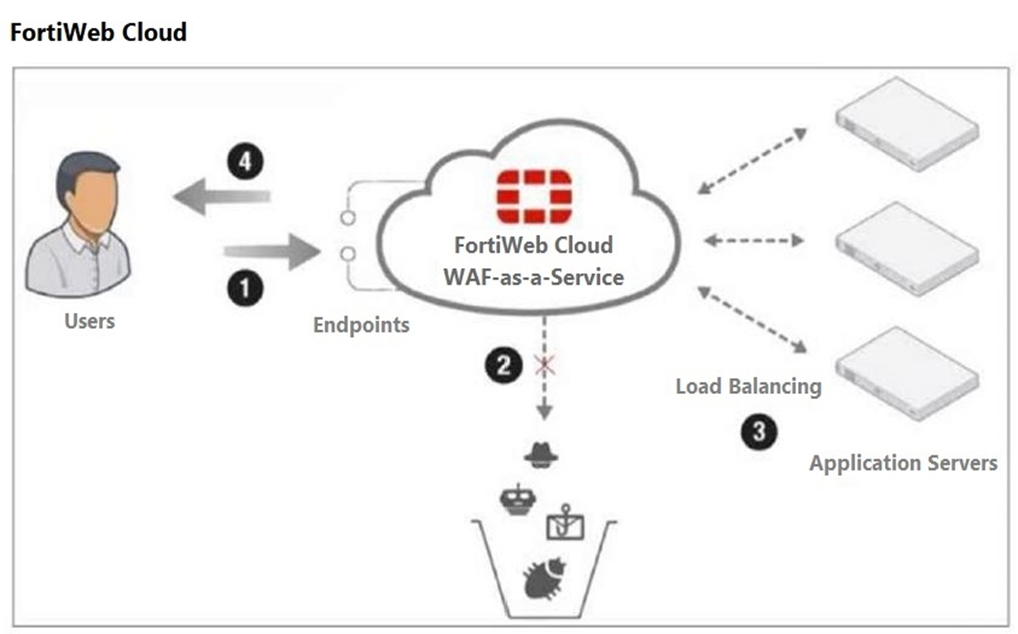A customer is attempting to deploy an active-passive high availability (HA) cluster using the software-defined network (SDN) connector in the AWS cloud.
What is an important consideration to ensure a successful formation of HA, failover, and traffic flow?
Correct Answer:
C
HA Cluster in AWS Cloud:
Deploying an active-passive HA cluster in AWS requires careful consideration of the clustering protocol used to ensure seamless failover and traffic flow.
Unicast FortiGate Clustering Protocol (FGCP):
Unicast FGCP is specifically designed for environments where multicast traffic is not feasible or supported, such as in the AWS cloud. Using unicast FGCP ensures that heartbeat and synchronization traffic between the cluster members are managed correctly over unicast communication, which is suitable for AWS's network infrastructure (Option C).
Comparison with Other Options:
Option A is incorrect because while placing both cluster members in the same availability zone might be required for certain configurations, it is not the critical factor for HA formation.
Option B is incorrect as VDOM exceptions are not directly related to the successful formation of HA.
Option D is incorrect because the ELB configuration checks are more about ensuring that the load balancer correctly routes traffic but do not specifically ensure HA formation and failover.
FortiGate HA in AWS Documentation: FortiGate HA
Fortinet FGCP Details: FGCP Documentation


